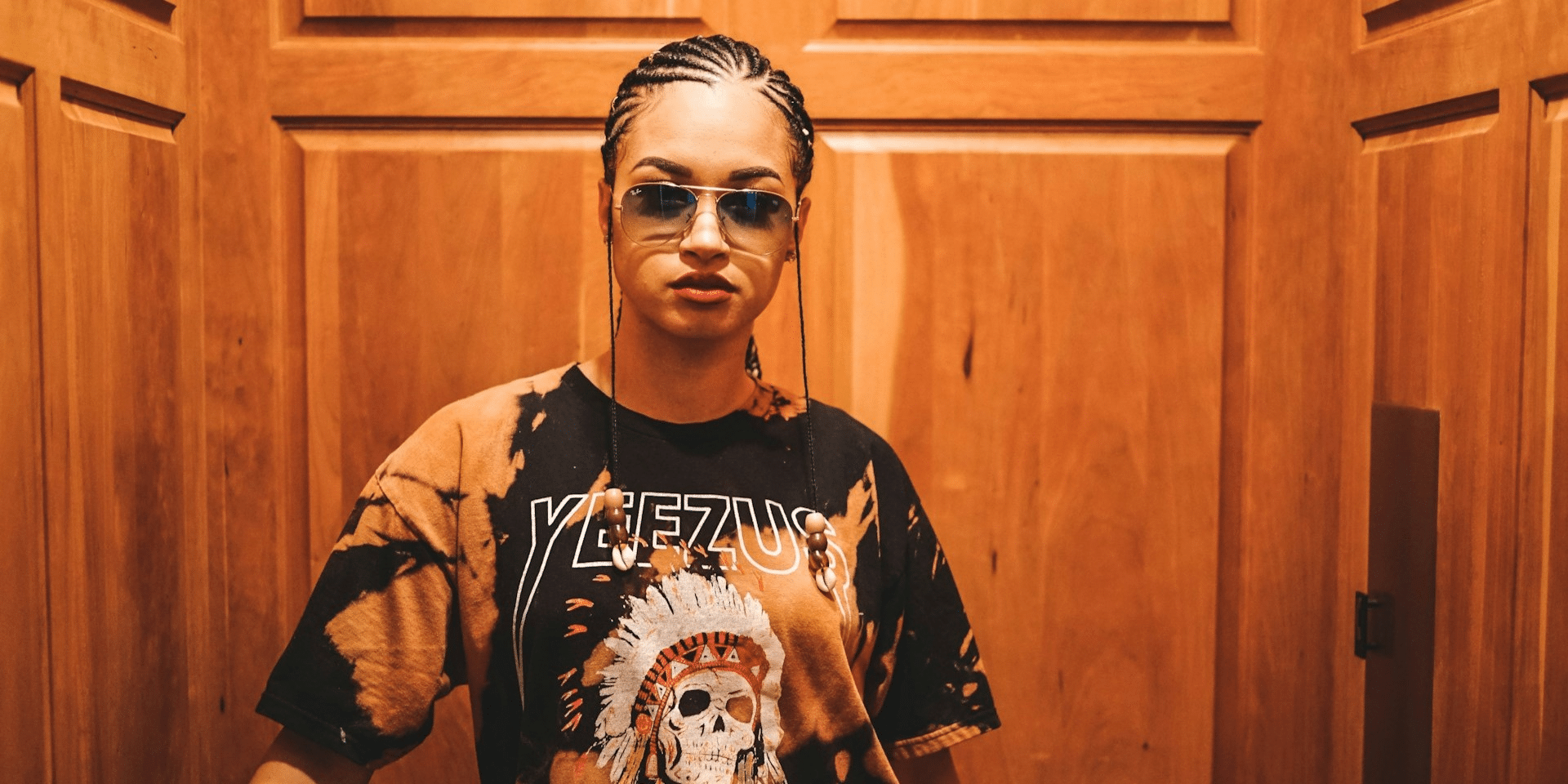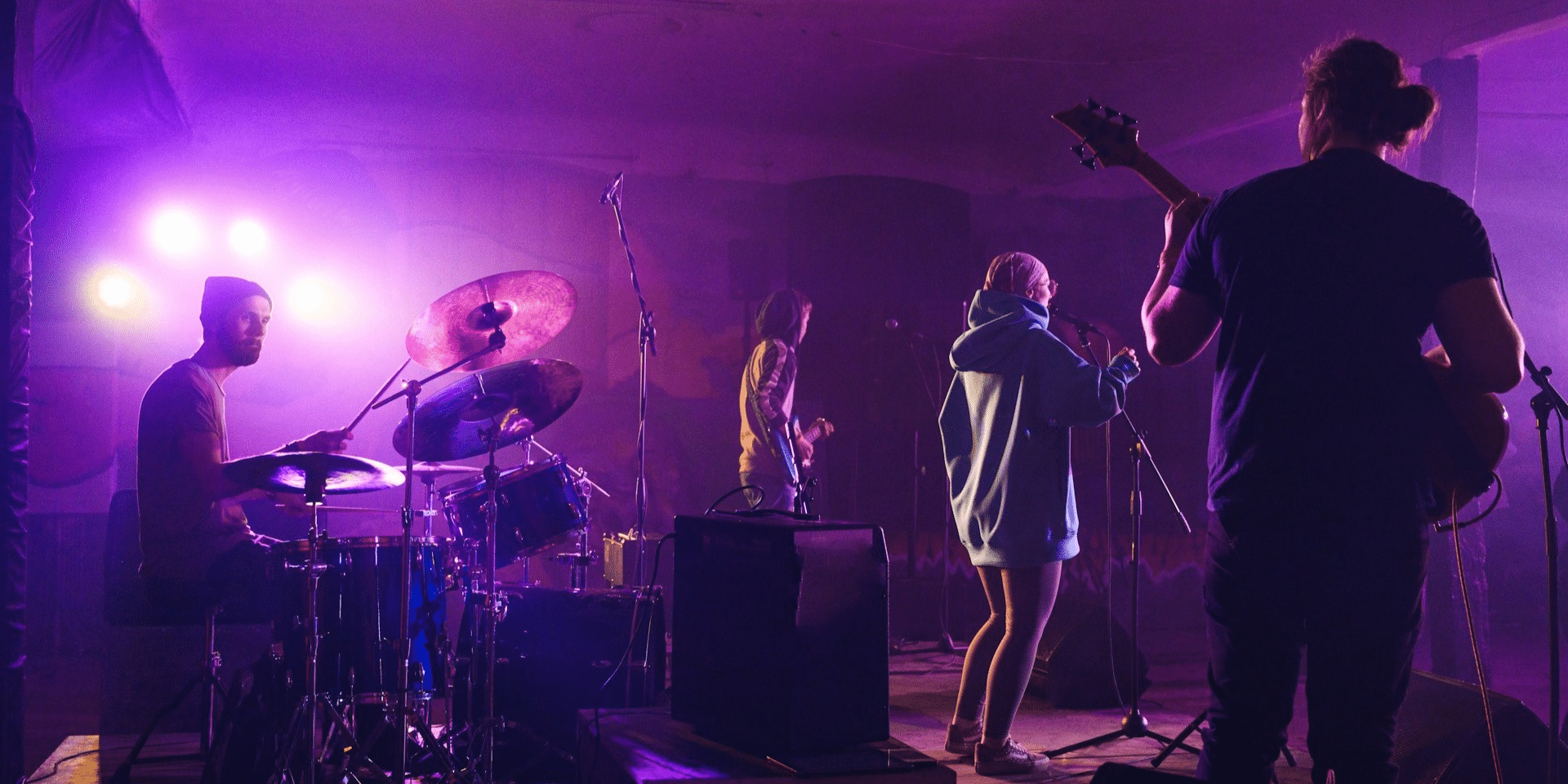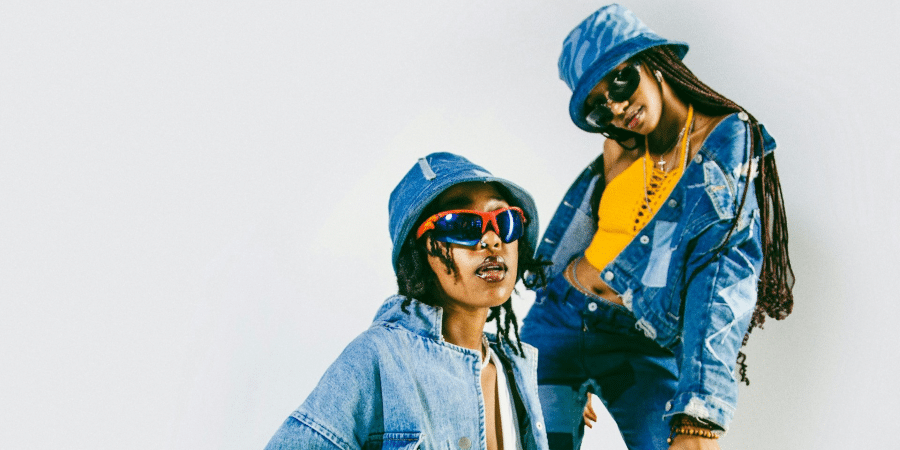The rhythmic boom of a bassline, the swagger in a rapper’s delivery – hip-hop isn’t just music, it’s a culture. And just like its music, hip-hop fashion has left an undeniable mark on the way we dress. Emerging from the streets of the Bronx in the 1970s, hip-hop revolutionized not just the music scene, but how people expressed themselves through clothing.
Let’s explore the dynamic relationship between hip-hop and fashion, tracing how rappers transformed everyday wear into a powerful statement of identity and defiance.
Beyond Bling: Hip-Hop’s Early Fashion Revolution
In the early days of hip-hop, fashion wasn’t about expensive brands or flashy logos. It was about resourcefulness and expressing streetwise style. Breakdancers and early rappers rocked baggy clothes like oversized tracksuits and wide-leg jeans, reflecting a loose and comfortable aesthetic suitable for their dynamic dance moves. This attire also served a practical purpose – durability for those floor spins and headstands. Think Run-D.M.C.’s iconic Adidas shell-toe sneakers, a symbol of both style and functionality.
According to a recent study on the cultural impact of hip-hop, early hip-hop fashion drew inspiration from various sources. Breakdancers borrowed elements from athletic wear and street gangs, while rappers incorporated elements of sportswear and military surplus clothing. This melting pot of styles created a unique, and often rebellious, aesthetic that resonated with urban youth. Consider the Kangol bucket hats, a staple of early hip-hop fashion, with their roots in both British working-class culture and Caribbean headwear traditions. These weren’t just fashion choices – they were badges of belonging, a way to signal membership in a growing cultural movement.
From Street Cred to Streetwear: Hip-Hop Goes Global
As hip-hop music gained mainstream popularity in the 1980s and 90s, its fashion influence grew exponentially. Rappers like LL Cool J and Ice-T became style icons, sporting designer labels and using their lyrics to name-drop coveted brands. This era saw the rise of “logomania,” where wearing prominent logos became a way to flaunt wealth and brand affiliation. Think Run-D.M.C.’s legendary collaboration with Adidas, a prime example of how rappers blurred the lines between music and fashion marketing.
But hip-hop fashion wasn’t just about showing off. Artists like Public Enemy and N.W.A. used clothing as a form of social commentary. Their baggy jeans, military jackets, and bandanas became symbols of protest and rebellion against societal norms. Headwear took on new meaning, with baseball caps worn backwards becoming a signature look associated with defiance and a certain streetwise attitude.
Hip-hop fashion wasn’t just about aesthetics; it was a visual language that spoke volumes about identity, community, and social struggle.
Beyond the Hype: Hip-Hop’s Enduring Influence Today
Today, hip-hop’s influence on fashion is undeniable. Streetwear brands have become billion-dollar industries, drawing inspiration from the baggy silhouettes and bold logos popularized by early rappers.
The lines between high fashion and streetwear have blurred, with luxury brands collaborating with rappers and incorporating hip-hop elements into their designs. Think of Kanye West’s Yeezy line, a testament to the merging of high fashion and hip-hop aesthetics. Even mainstream retailers now stock clothing that echoes the relaxed, layered look popularized by hip-hop culture.
Beyond the Runway: Hip-Hop Fashion’s Impact on Footwear
Hip-hop’s influence extends beyond clothing to the world of footwear. Classic sneakers like Adidas Superstars and Puma Sues became cultural icons thanks to their association with early hip-hop artists. Later, rappers like Jay-Z and Kanye West leveraged their celebrity to launch their own sneaker lines, further solidifying the footwear connection within hip-hop culture.
Today, limited-edition sneaker collaborations between rappers and major brands generate massive hype and can fetch exorbitant resale prices. Sneakers have become not just footwear, but collectibles and status symbols within the hip-hop world and beyond.
Fashion Forward: Hip-Hop’s Legacy
Hip-hop fashion’s journey is a testament to the power of self-expression and cultural influence. It’s a story of taking everyday clothing and injecting it with meaning, rebellion, and a touch of streetwise swagger. From the baggy beginnings to the logo-laden era and the current streetwear dominance, hip-hop fashion continues to evolve, leaving an indelible mark on the way we dress and the stories we tell through our clothes. So next time you slip on your favorite oversized hoodie or rock a backward cap, remember – you’re not just following a trend, you’re carrying on a legacy of self-expression woven into the very fabric of hip-hop culture.
Hip-hop fashion’s influence isn’t merely confined to clothing and footwear – it’s a constantly evolving conversation that extends to hairstyles, jewelry, and overall aesthetics. From the fades and braids of early rappers to the colorful dreadlocks and intricate cornrows sported by contemporary artists, hairstyles have become another canvas for self-expression within hip-hop. Jewelry, too, has taken on new meaning. Gold chains and chunky pendants once symbolized success and status have evolved to incorporate personal narratives, religious symbols, and even social messages.
The impact of hip-hop fashion goes beyond aesthetics – it’s a powerful economic force. Urban streetwear brands founded by hip-hop figures or inspired by the culture have become global powerhouses. Independent designers have found a platform to showcase their work, fueled by the demand for fresh takes on classic hip-hop styles. Additionally, the rise of social media has allowed fashion-savvy hip-hop artists to become style influencers, reaching millions of fans and inspiring new trends with every outfit post.
Looking ahead, the future of hip-hop fashion is likely to be just as innovative and impactful. With the rise of sustainable fashion movements, we might see a focus on eco-conscious materials and recycled clothing reimagined through a hip-hop lens. Technological advancements like 3D printing could lead to the creation of even more personalized and expressive clothing for hip-hop artists and fans alike.
One thing is certain: hip-hop fashion is here to stay. It’s a dynamic force that continues to push boundaries, challenge norms, and redefine how we see style. So, crank up the beats, keep an eye on the latest trends, and remember – hip-hop fashion is more than just clothes; it’s a cultural conversation waiting to be explored, expressed, and experienced.
















